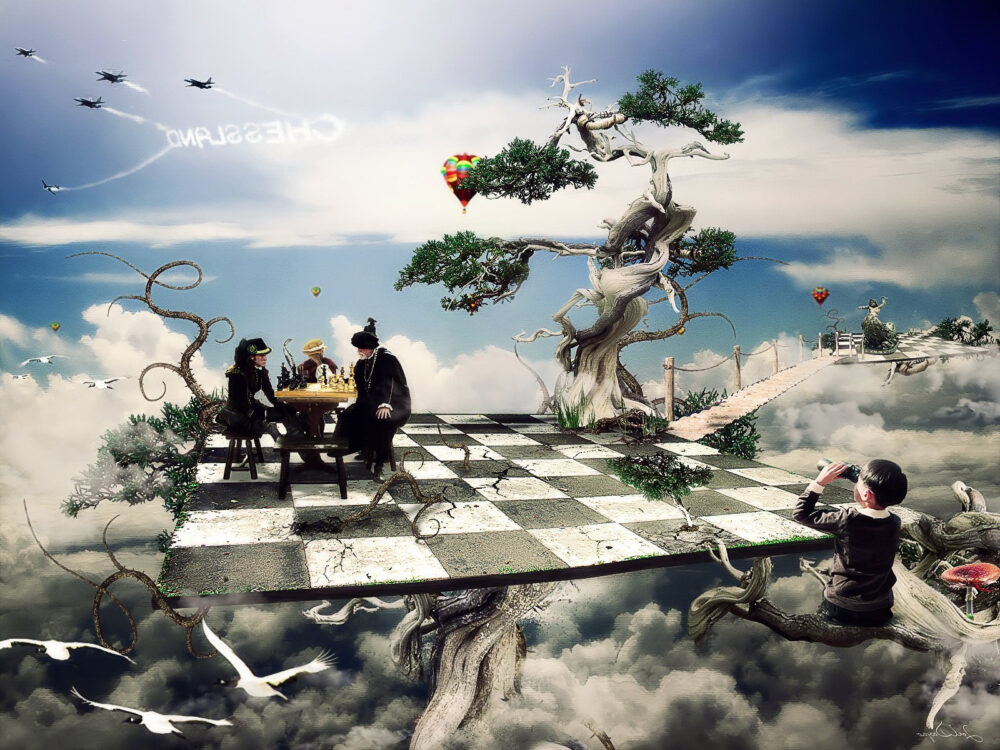On Life Scripts
John Grinder, the founder of NLP, put it very well when he was asked about the purpose of life at a New Code NLP seminar in Moscow (2004):
“The dreams, goals, and intentions we have in life are tricks to get us moving. The reason we choose a goal or try to follow a dream is that they make us move and discover new adventures and other spaces in this life. It’s like a carrot in front of a horse. We can become slaves to our own goals and dreams and forget the original intention behind it all. This way, we miss out on the chance to appreciate and receive everything that comes our way on the path to that goal. I believe a good traveler moves through life noticing everything that comes to them, even unexpectedly. You might set out on a journey with a goal in mind, but along the way, you discover something even more fascinating and change your route. I’m not just answering the question about the purpose of life, but also describing one of the most successful strategies in science, which has led to many discoveries.”
What Is Personal Reality and What Limits It?
Personal reality is the accumulated information we have about the world—how we imagine the world based on what we know about it. It’s limited by our perception filters: what we believe and what we allow ourselves to consider. Expanding these filters and gaining new information can significantly broaden the boundaries of our personal reality.
What Are Social Norms and How Do They Affect Behavior?
Social norms are society’s beliefs—basically, what’s allowed, what’s not, what’s expected, and what’s customary. They directly influence behavior by creating or defining the boundaries of what’s acceptable, and by setting directions and preferred ways of acting that society will accept. There’s nothing inherently wrong with social norms—they’re “conditional rules” that people in a given society have “agreed to play by,” much like the terms of a contract.
However, living only within social norms is like having a personal car that can only drive on tram tracks. At the same time, driving your car without paying attention to the tram tracks isn’t the most respectful or safest way to drive either. 🙂
What Is a Life Script and How Can You Change It?
Each person’s life script is embedded in their unconscious behavioral programs. From childhood, as we learn how to behave in society, we accumulate a lot of information about what’s important and necessary in life (values and goals), what kinds of people there are (social roles), and how they behave (behavioral strategies). We choose what seems best (most effective from our point of view) and end up with a set of roles, goals, and social behavior strategies. By learning to use this wealth, we create the most successful unconscious programs available to us, and we owe everything we have to them. But if we start to trust them too much and always choose them over seeking something new, they become dangerous.
Most of the turning points in our lives are predetermined—not so much by our behavior in certain situations, but by our drive to find or create those situations where we know we’ll succeed. If we refuse to consider any other path, the success trap snaps shut, and our life script becomes even more rigid.
However, no one has taken away our freedom except ourselves. Anyone can change their life script and even learn to write it live—to improvise, in other words, to truly live. To make this possible, you need to do some inner work to reorganize your unconscious programs. “Erase your personal history,” as Castaneda called it, or in NLP terms—deprogram your patterns (unconscious behavioral programs). This way, you don’t lose your old programs, but you let them move to the background, making room for conscious awareness and freedom of choice in every moment of your life.



